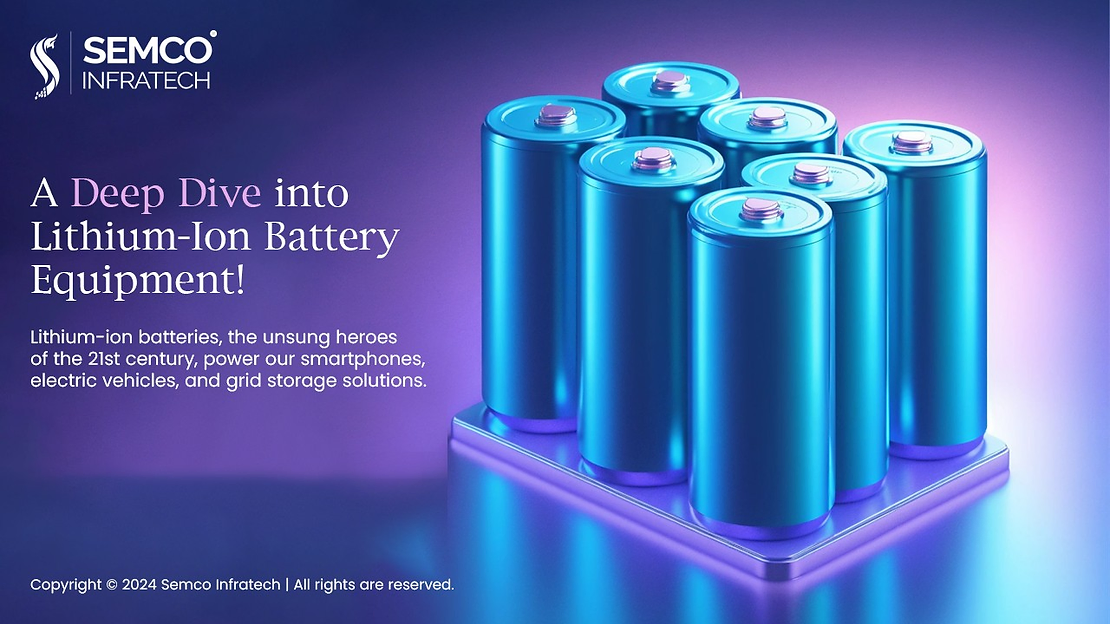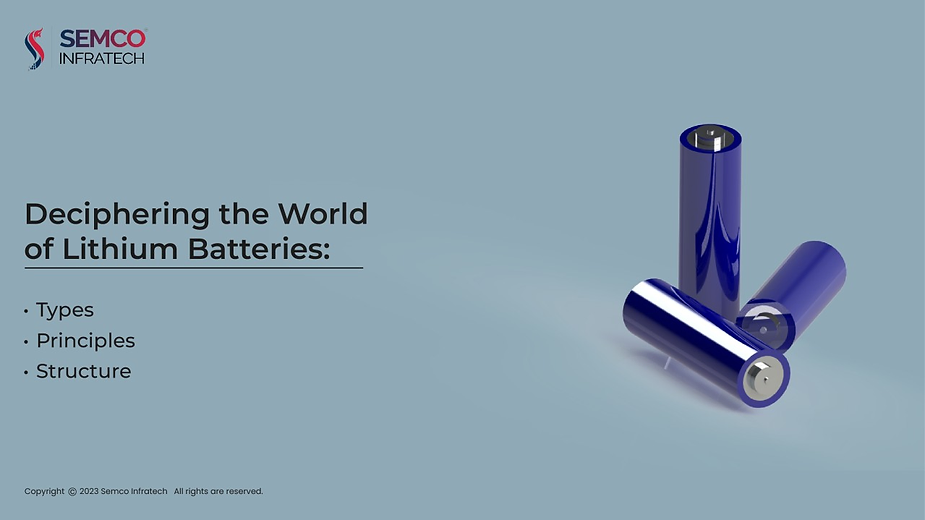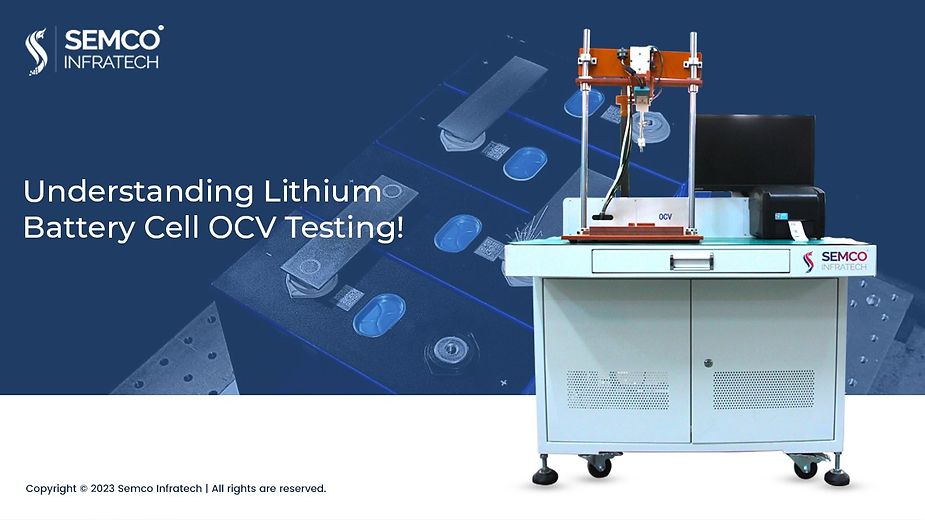Let’s explore the fascinating world of lithium-ion battery industrial equipment, the silent force driving every rechargeable revolution.
From Raw Materials to Electrode
The journey starts with a precise blend of materials. Enormous mixing machines, resembling industrial-sized blenders, combine positive and negative materials (such as lithium cobalt oxide and graphite) with electrolytes and other components. Ball mills, similar to giant metal tumblers, crush these raw materials into fine powder, maximizing their surface area for optimal energy storage.
Next, the magic of coating equipment takes the spotlight. Picture a high-tech printer, delicately spreading the slurry of materials onto thin copper or aluminum foils. These coated foils, transformed into electrode sheets, are the heart of the battery, ready to be assembled. But before that, drying ovens step in, evaporating any remaining solvents and leaving behind a ready-to-use electrode layer.

Assembling the Battery Symphony
With the electrodes ready, the assembly line comes to life. Battery shell assembly equipment, precise as clockwork, layers these electrodes with separators, creating the core battery units. Stacking machines meticulously stack these layers while winding machines gracefully roll them into compact cylinders or pouches.
From individual monomers to formidable packs, battery module assembly equipment takes over. Think intricate robotic arms, seamlessly connecting these single units into larger, higher-capacity configurations. Finally, battery packaging equipment steps in, hermetically sealing the whole ensemble, ensuring safety and leak-proof performance.
Testing: Quality Assured, Performance Uncompromised
Every power pack undergoes rigorous testing before leaving the factory. Capacity test equipment meticulously measures the amount of energy a battery can hold and deliver, while charge and discharge performance test systems put its charging and discharging capabilities through rigorous paces. Aging test equipment, simulating years of use in a matter of days, ensures long-lasting performance and identifies potential weaknesses.
Automation: The Rhythm of Efficiency
Modern lithium-ion battery production is a symphony of coordinated movements. Industrial robots, the tireless conductors of this orchestra, deftly maneuver components, perform delicate welds, and conduct quality checks with unwavering precision. Automatic conveying systems, akin to conveyor belts on steroids, seamlessly transport batteries between processes, eliminating bottlenecks and maximizing production efficiency.
Sustainable Power, Beyond the Cradle
The story doesn’t end with a fully charged battery. As these powerhouses reach their end
of life, responsible recycling takes center stage. Battery disassembly equipment carefully dismantles spent batteries, separating casings from precious materials like lithium and cobalt. These recovered materials, courtesy of battery material recovery equipment, get a second lease on life, reborn into new batteries, closing the loop and promoting a sustainable future.

The Numbers Game: A Glimpse into the Scale
The lithium-ion battery industry is a behemoth, projected to reach a staggering $96.7 billion by 2025. A single electric vehicle battery pack can require over 6,000 individual lithium-ion cells, each meticulously crafted by this intricate ballet of equipment. And behind it all, a workforce of over 730,000 people toils tirelessly, ensuring the uninterrupted flow of these energy powerhouses.
Beyond the Equipment: The Human Touch
But the magic of lithium-ion battery production goes beyond the machines. It’s the tireless engineers who push the boundaries of technology, the meticulous technicians who ensure precision at every step, and the researchers who relentlessly seek new materials and processes. This human ingenuity, coupled with the relentless hum of specialized equipment, is what truly powers the future, one lithium-ion battery at a time.
As we move towards a cleaner, more sustainable energy future, lithium-ion batteries and the sophisticated equipment behind them will remain at the forefront. Understanding their intricate dance is not just an engineering marvel; it’s a glimpse into the future, where powerful, portable energy empowers every aspect of our lives. So, the next time you reach for your phone, remember the countless gears, robots, and human minds that orchestrated its seemingly effortless charge. It’s a testament to the ingenuity of our time, a symphony of technology powering a brighter, more sustainable tomorrow.
_____________________________________________________________________
About Semco – Established in 2006, Semco Infratech has secured itself as the number 1 lithium-ion battery assembling and testing solutions provider in the country. Settled in New Delhi, Semco provides turnkey solutions for lithium-ion battery assembling and precision testing with an emphasis on Research and Development to foster imaginative, future-proof products for end users.
For More Updates Follow Us
WhatsApp – Facebook – Instagram – Twitter – LinkedIn – YouTube





